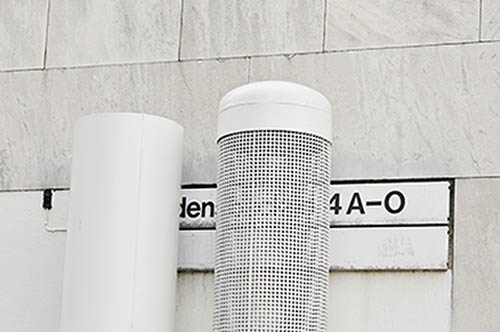A hyphen and a dash are two different things—and there are two dashes. Confusing? Let’s try and sort it out.
This is a hyphen : –
This is an en dash: –
This is an em dash: —
HYPHEN
To begin with, in your native language (other than English) you can perhaps insert a hyphen when a word has to be split up at the end of a line. This is very unusual in English texts. And nowadays it is unusual in any text written on a computer, since the line breaks are inserted automatically. Even when a text is right-justified (the text is aligned with the right margin), the word processor adjusts the line length by changing the spaces between words. So we need not worry about this use of the hyphen.
A much more common use of the hyphen is in compounds, inside words or word combinations. Re-establish is a word made up of the prefix re and the verb establish. It means establish again.
We use a hyphen in compounds such as self-esteem, fifty-six, far-reaching, blue-green, sister-in-law and state-of-the-art. However, there are many compounds in English that are written without a hyphen—financial manager, production plan, information technology, etc. And many compounds are written in one word—airport, football, input, headache, etc. You can read more about compounds here.

THE EN DASH
An en dash has its name from the fact that it is as wide as the letter N. Consequently, the longer dash is called em dash.
The en dash (–) is used to indicate a range of, for example, dates, years or pages in a book:
You can find his most famous speech on pages 149–153.
Barack Obama was President of the USA 2009–2017.
The conference was held 31 August–2 September.
The en dash can also indicate a relation or connection:
His research focuses on human–robot collaboration.
They usually took the Paris–Brussels train.
They had a close mother–daughter relationship.
Notice that you cannot use a dash if you write between or from. It is wrong to write *between 2009–2017 or *from 149–153. (For the use of the asterisk here see the note at the end of this page.)
Obama’s presidency was between 2009 and 2017.
The speech is printed on the pages from 149 to 153.

THE EM DASH
The em dash (—) is longer than a hyphen or an en dash. The em dash indicates a break or an insert in a sentence. It can be used in pairs like brackets or alone to separate the end of a sentence from the main part.
Most of their garden products—lawn mowers, grass trimmers, hedge trimmers and leaf blowers—were on sale in October.
His fame had spread far and wide—he had shown that he was a very talented footballer—and he could now sign a new and better contract.
I had better put on winter tyres right away—there’ll be snow any day now.
There are no spaces before and after a hyphen, an en dash or an em dash.
However, some British style guides recommend to use an en dash with spaces before and after it instead of an em dash. If you write for a journal, make sure to consult its guide for authors.
In my next blog entry I will show you where to find dashes on a computer keyboard.
Leave a Reply